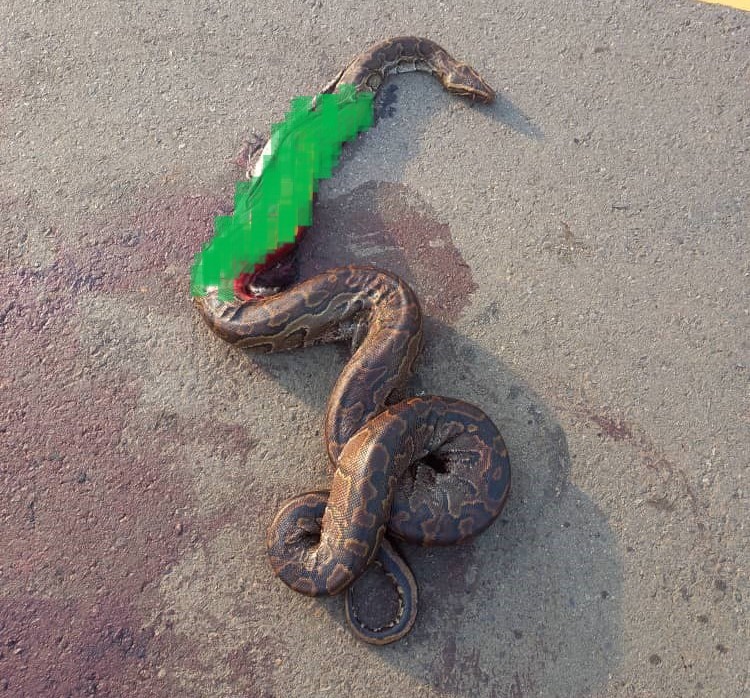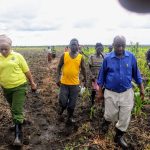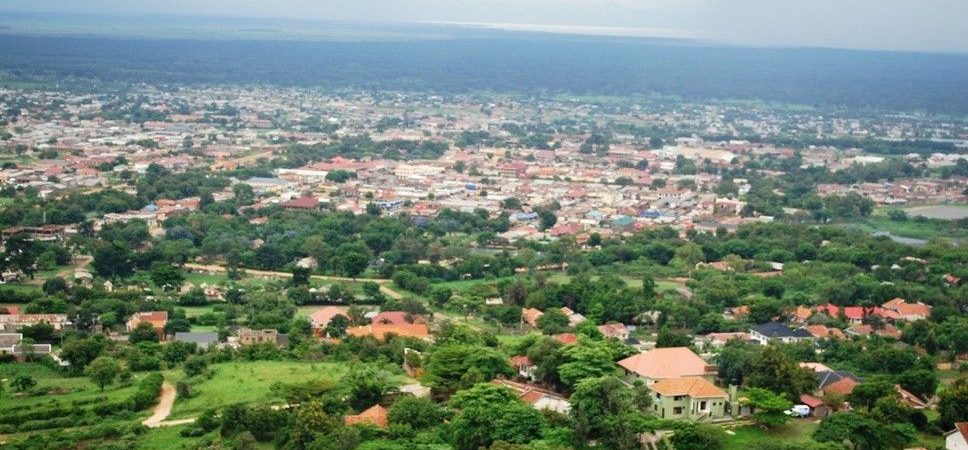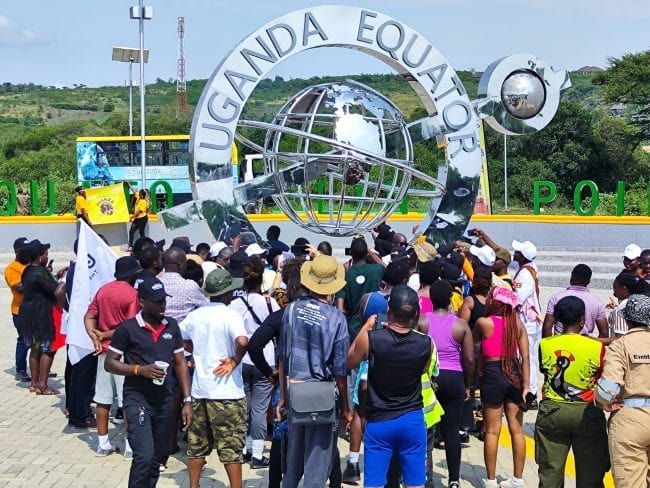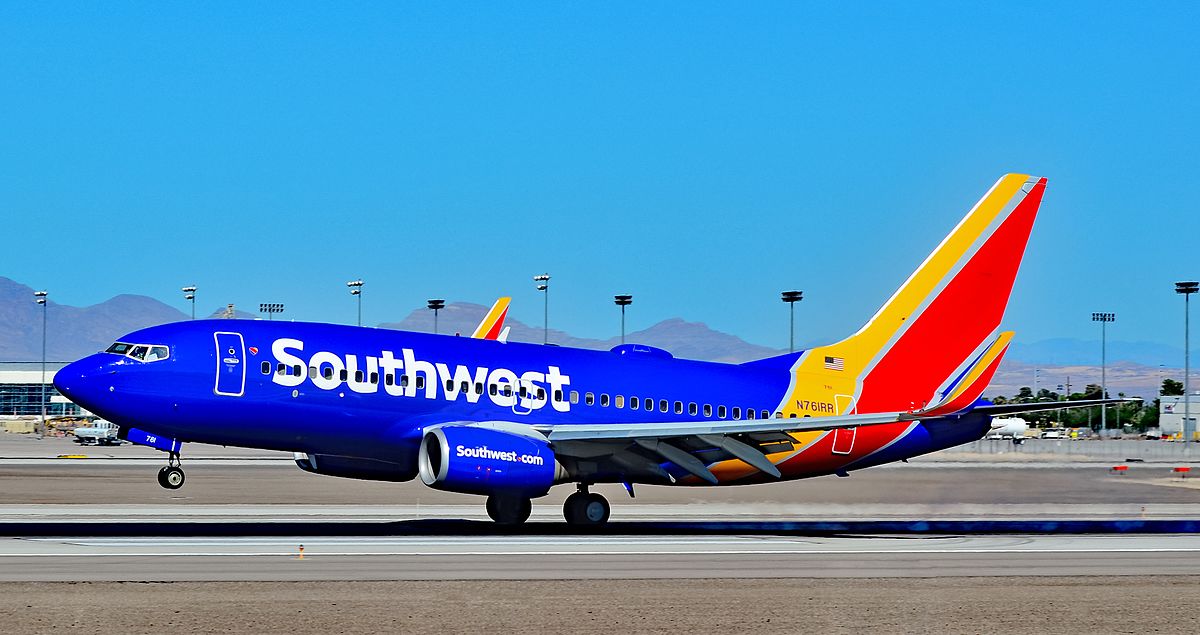Speeding Vehicles in Wildlife Parks Threaten Uganda’s Conservation Efforts
Several wild animals in Uganda’s national parks and wildlife reserves have been killed by speeding vehicles, prompting concerns among conservationists. Incidents of animals being struck by vehicles, often in hit-and-run accidents, have been reported with increasing frequency this year, particularly in Queen Elizabeth National Park (QENP), Pian Upe Wildlife Reserve, and Murchison Falls National Park (MFNP).
Recently, two ostriches were found dead on the Mbale-Nakapiripirit road in Pian Upe Wildlife Reserve. In Queen Elizabeth National Park, animals, including elephants, buffaloes, warthogs, a leopard, and even a lion, were killed on the Ishaka-Kasese-Mpondwe highway. Local residents, such as John Thembo from Katunguru, Kasese District, reported that many of these accidents occur at night when animals roam freely. Meanwhile, in Murchison Falls National Park, baboons have become frequent victims due to the diversion of traffic from Karuma Bridge for repairs.
Flavia Mutonyi, a resident of Katwe-Kabatoro near QENP, noted that most accidents involve large trucks traveling at high speeds to and from the Democratic Republic of Congo. In some cases, drivers have fled the scene after collisions, leaving the animals—and occasionally their vehicles—behind. Conservationists and locals are urging the Uganda National Roads Authority (UNRA) to install raised humps and Closed Circuit Television (CCTV) cameras on roads passing through wildlife areas to deter reckless driving and identify offending motorists.
The area is dotted with road signs limiting speed to 40 kilometers per hour, but drivers often exceed 100 kilometers per hour, according to Anifa Muhindo, another resident of Kasese. However, Joseph Arinaitwe, a researcher at QENP, argued that while cameras and signage are helpful, they may not be enough to stop reckless drivers. He emphasized the need for physical measures, such as raised humps, to force drivers to slow down.
The Uganda Wildlife Authority (UWA), which manages the parks, acknowledged the issue but explained that the roads are public and are under the management of UNRA. UWA spokesperson Bashir Hangi suggested that UWA could collaborate with UNRA to implement additional measures to reduce vehicle speeds.
UNRA spokesperson Allan Sempebwa, when contacted, expressed doubts about installing humps along every road but noted that existing road signs clearly display speed limits and warnings. He also emphasized the need for motorists to be cautious when driving through wildlife areas. Sempebwa hinted at the possibility of discussions with stakeholders, including UWA and the police, to find a solution.
This issue has also drawn the attention of national leaders. Recently, President Yoweri Museveni waived park fees for non-tourist vehicles passing through Murchison Falls National Park, increasing the volume of traffic in the area. Recognizing the potential negative impact on wildlife, the president directed Vice President Jessica Alupo to convene a meeting with the Ministry of Tourism and conservationists to assess the impact of traffic on the park.
The Uganda Wildlife Authority is particularly concerned about the effect of increased traffic on the animals’ natural behavior. Vanice Mirembe Daawa, UWA’s manager for conservation education, noted that wildlife species in MFNP rely on the park’s undisturbed habitats for feeding and breeding. Increased vehicle movement disrupts animals’ natural behaviors, causing stress and potentially reducing their reproductive success. Elephants, for example, frequently cross roads within the park, making them vulnerable to collisions with vehicles.
According to Mirembe, the constant noise from passing vehicles also disrupts essential activities like communication, hunting, and mating, especially for animals such as elephants and birds, which rely on sound for these functions. Disruptions to these processes could have long-term effects on the park’s biodiversity.
Before the president’s directive allowing vehicles to transit through MFNP, alternative routes, such as the Masindi Port ferry crossing, were designated by UWA and UNRA for non-tourist traffic. Conservationists are concerned that unless strict measures are taken, the increase in traffic through wildlife areas will lead to more accidents and threaten Uganda’s conservation efforts.
| Area | Animals Affected | Primary Cause of Death |
|---|---|---|
| Queen Elizabeth National Park | Elephants, Buffaloes, Warthogs, Leopard, Lion | Speeding vehicles |
| Pian Upe Wildlife Reserve | Ostriches | Speeding vehicles |
| Murchison Falls National Park | Baboons, Elephants | Traffic diversion, speeding |

